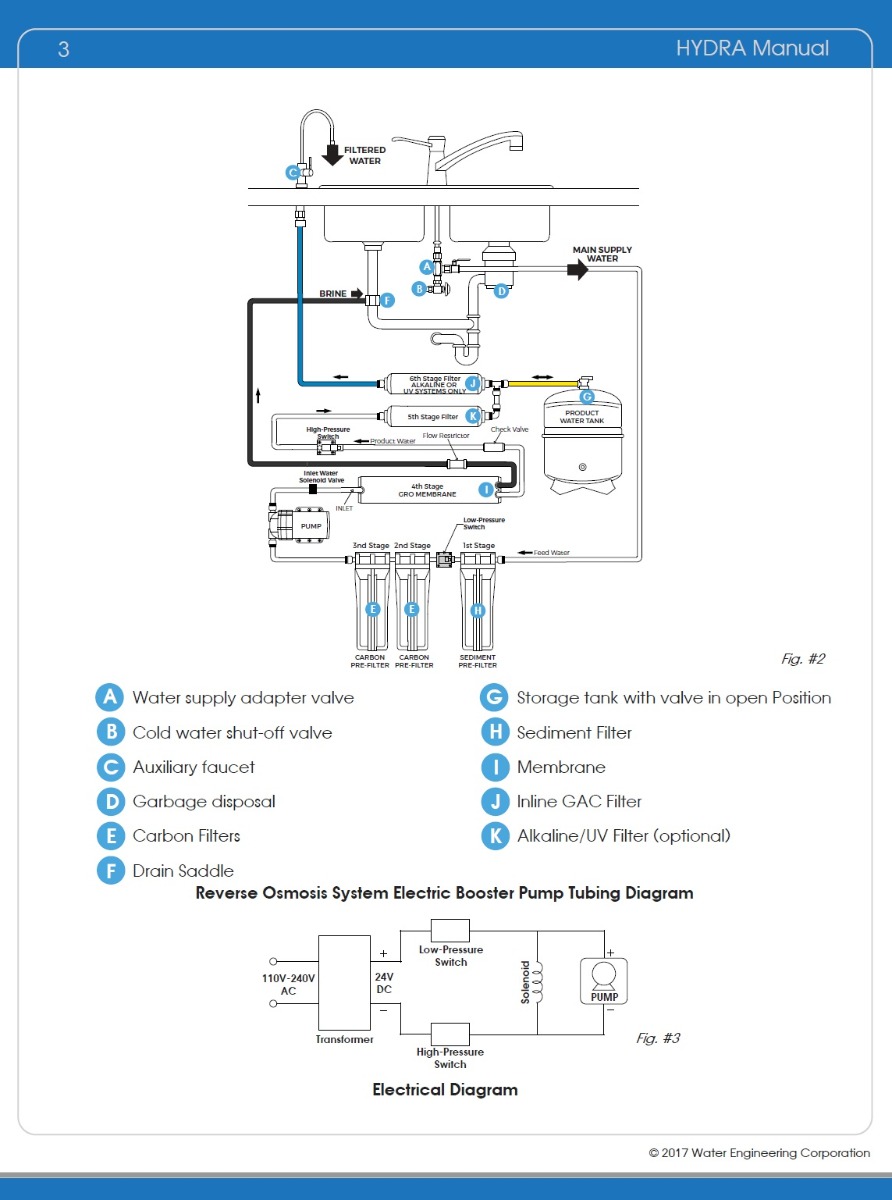LLigetfa
DIYer, not in the trades
The booster pump on my RO system started to leak. It was also getting very noisy so replace versus repair seems the obvious choice. The dealer that sold me the RO years ago had a slightly different pump to the original.
The original pump was 24V DC and had what looks like two pressure switches in series. I think both are pressure switches but unsure of the functionality. My guess is one of them prevents the pump from starting if the inlet pressure is too high. Can anyone confirm?
The new pump is 24V AC and has only one pressure switch. It came prewired so I did not want to cut and splice in the second existing switch. The pump came with a power supply so I swapped it out. It seems to work fine, turning on when I draw water and turning off when the water is replenished. I've not measured the pressure but it does appear to have more than the old one. I've not checked or adjusted the air precharge on the tank in years.
The original pump was 24V DC and had what looks like two pressure switches in series. I think both are pressure switches but unsure of the functionality. My guess is one of them prevents the pump from starting if the inlet pressure is too high. Can anyone confirm?
The new pump is 24V AC and has only one pressure switch. It came prewired so I did not want to cut and splice in the second existing switch. The pump came with a power supply so I swapped it out. It seems to work fine, turning on when I draw water and turning off when the water is replenished. I've not measured the pressure but it does appear to have more than the old one. I've not checked or adjusted the air precharge on the tank in years.

